By Gaëlle Rivard Piché for Denver Dialogues
Security sector reform (SSR) is at the core of contemporary state-building projects. According to the United Nations Secretary General’s Second Report on SSR, the ultimate objective for reforms is to make people feel safer. Yet, SSR often fails to do so. In Afghanistan, the United States and its allies poured billions of dollars into strengthening Afghan Security Forces, with very limited results. In fact, 2015 was one of the most violent years of combat to date. In the Democratic Republic of the Congo, United Nations’ support for the deployment of the new Congolese police in the eastern part of the country backfired. Its efforts failed partly because Kinshasa refused to pay for police that had been externally engineered as part of a UN project, and partly because the policemen were flown in from other regions of the country to prevent corruption. With no resources and no link to the communities, the local police quickly turned predatory while clashing with other armed actors present in the area. These examples suggest two things. First, SSR is not just a matter of resources and political will. And second, these reforms take place in highly complex environments where technocratic, state-centric strategies do not suffice to ensure security and stability.
SSR and State Expansion in Pluralist Public Order Regimes
To better understand how SSR and violence are intertwined, my research looks at the long-term impact of SSR with a focus on the effects of state expansion on the production of public order in fragile states. In spaces where central governing authorities are absent or too weak to impose themselves, non-state coercive actors sometimes produce public order. Even when state security institutions are present, people might choose to rely on non-state actors and informal mechanisms for security and justice. Coercive actors who managed to control the means of violence in a community can also extract resources from the population, becoming predatory. As pointed out by Moritz Schuberth in a previous blog post, good actors can also go bad. Yet, it is not black or white, as I witnessed during my field research in El Salvador and Haiti. Coercive actors can extract resources from the population while also defending the community against external threats. As long as social benefits derive from the imposition of certain rules by those actors, they produce public order. The concept of public order regime (POR) helps to better understand how public order is produced. Public ordering in fragile states tends to be plural, more or less formal, and often incomplete.
Practitioners usually conceive of SSR as a series of institutional reforms to establish the State’s monopoly on the use of violence throughout the POR, in accordance with specific values and principles. As such, SSR is both about expanding state authority and constricting it. On the one hand, these reforms seek to establish the State’s monopoly on the use of coercive force, eliminating non-state actors. On the other hand, SSR limits state authority by formalizing it along the lines of key principles such as service-oriented security provision, good governance, and human rights protection and promotion.
Where the state faces strong non-state coercive actors, state expansion and formalisation of public order can have disruptive consequences. If SSR does not take into consideration those effects on the structure of the POR, it is unlikely to reduce violence and increase the degree of public order. The SSR process in El Salvador and its long-terms consequence on public order illustrates well these propositions.
SSR, state expansion, and crime fighting in El Salvador
After the end of the civil war in 1992, El Salvador reformed its security institutions by reducing the strength and limiting the mandate of the armed forces, creating a new civilian police, and progressively depoliticizing the justice system. The guerrilla movement, the Frente Farabundo Martí para la Liberacíon Nacional (FMLN), was demobilized and integrated in the political life of the country. While homicide numbers remained quite high throughout the 1990s in absolute terms, the deployment of the new police force coincided with a reduction in the national murder rate. By the end of the 1990s, foreign commentators and experts considered the peace process in El Salvador and especially the police and military reforms as a clear success. Yet, as pointed out by Charles T. Call, most Salvadorans did not. By 2000, almost one out of two Salvadorans thought that fighting crime should be the government’s utmost priority.
By 2000, the police relied on approximately 16,000 officers, deployed across the country. However, despite reforms, the State never managed to impose itself as the sole coercive actor in the Salvadoran POR. After the end of the war, low-income communities remained marginalised. They offered fertile grounds for the development of local gangs composed of unemployed and under-educated youth. Combined with the return of thousands of Salvadoran deportees with criminal records from the Unites States, gangs became increasingly prevalent in urban blue-collar neighbourhoods. Local gangs initially hung out to party, smoke drugs, commit petty crime, and fight rival groups. As the number of cliques increased and competition for turf intensified, gangs increasingly relied on violence to defend their territory and extract resources from the local population. Besides, wealthy Salvadorans progressively turned to private security firms. Hence, despite SSR efforts and the integration of the guerilla movement, the Salvadoran state was not able to claim a monopoly on the means of violence throughout the country’s POR.
In July 2003, President Francisco Flores announced on national radio and television the Mano Dura (Iron Fist) plan to reduce crime and violence. His government would eliminate gangs and reclaim communities under their control through joint police-military operations. In other words, the state sought to expand its authority inside the national POR, eliminating undesirable non-state actors. However, the plan backfired. The national homicide rate increased by almost 50 percent from 2002 (45.2 homicides per 100,000 population) to 2005 (67.3 homicides per 100,000 population).
Mano Dura had unforeseen consequences on the POR. It reduced the relative weight of state formal public ordering in the regime and increased the level of organisation and the cohesion of the gangs. Between 2003 and 2005, 30,934 alleged gang members were arrested. Most of them were released for lack of evidence within 48 hours, only to be arrested again shortly after. Joint police-military task forces indiscriminately targeted young males in gang-related neighborhoods. State security in those spaces became increasingly selective.
Furthermore, Mano Dura switched the gangs’ locus from the local to the national level. In prisons, local cliques developed relationships with each other, which was only reinforced by segregation along gang factions in the prison system. The poor detention conditions and the important flows of detainees also meant that local cliques had to provide for their members who were arrested. To do so, gangs intensified their extortion activities and expanded their turf to increase income. Competition between rival cliques for territorial control intensified, which translated to a higher reliance on violence.
The Mano Dura plan also led to the re-emergence of death squads and an increase in extra-judicial violence, two forms of informal public ordering. First, the perceived ineffectiveness of state security forces left some Salvadorans with the impression that they had to take justice in their own hands. Unexplained killings increased significantly after the implementation of Mano Dura and some non-governmental organisations claimed the increase in homicides was due to death squads. Second, Mano Dura led to an increased use of force and the lack of consideration for due process during trials of gang members. Police officers are alleged to have summarily executed youth in poor communities on numerous occasions. The use of any means necessary became justifiable to eliminate gangs.
In sum, Mano Dura did not have the intended effect. Instead of allowing the Salvadoran state to successfully expand its claims on the means of violence and the production of public order in the POR, Mano Dura reinforced gangs and fueled informal public ordering. As a result, the degree of public order declined and violence increased.
Implications for SSR
Mano Dura was not an integral component of SSR in El Salvador. However, it came as a direct consequence of post-conflict reform process deficiencies. Reforms were designed to prevent relapse into armed conflict, which succeeded. However, little reflection was put into the implications for security and public order of a rapidly changing domestic context. The lack of consideration for what was actually happening in marginalized communities in the post-war years and how it influenced the composition of the Salvadoran POR explained in large part the incapacity of the state security institutions to deal with strong coercive actors. Furthermore, technical reforms did not suffice to truly transform the culture and practices within the state security apparatus. Hence, when the police proved incapable of eliminating competing non-state coercive members and curbing violence, its own members turned to informal public ordering, joined death squads, and used extrajudicial violence.
El Salvador provides important lessons regarding how SSR must deal with powerful non-state actors to prevent disruption and increased violence. In this case, ignoring non-state actors only enabled gangs to grow, and confronting them provoked important disruption that reduced the degree of public order produced by the regime. Interestingly, the only strategy that actually managed to reduce violence in El Salvador and increased the degree of public order since 2000 has been the 2012-2013 gang truce. Homicides declined by approximately 40 percent. While the process presented important transparency and equity issues, it had a lasting effect in municipalities where the state, the gangs, and the civil society signed peace agreements. Since then however, the Salvadoran government has returned to Mano Dura, with catastrophic effect on homicide rates. In 2015, El Salvador had the highest homicide rate in the world with 102.9 murders per 100,000 people, and gangs increasingly targeting police officers.
Many people I met in El Salvador between 2012 and 2015 actually claim that SSR in El Salvador has not even yet begun. Future SSR efforts in the country should start from the standpoint that violence can no longer be reduced to a criminality issue. There is a pressing need to rethink how state and non-state actors interact and affect security, stability and violence in the country.
Gaëlle Rivard Piché is a Ph.D. candidate at the Norman Paterson School of International Affairs, Carleton University.

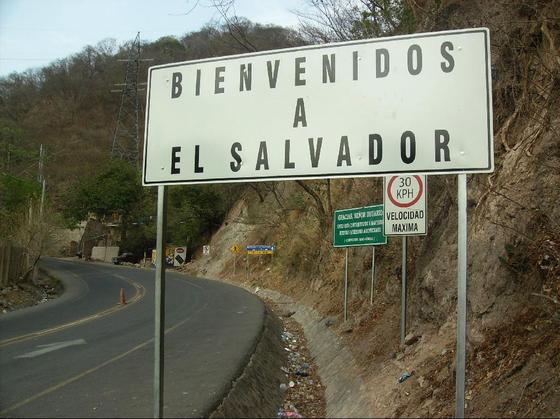

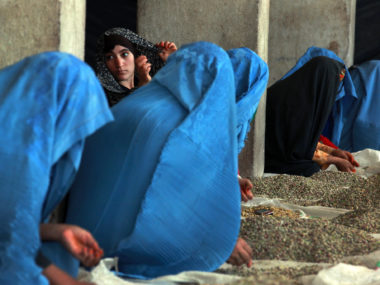
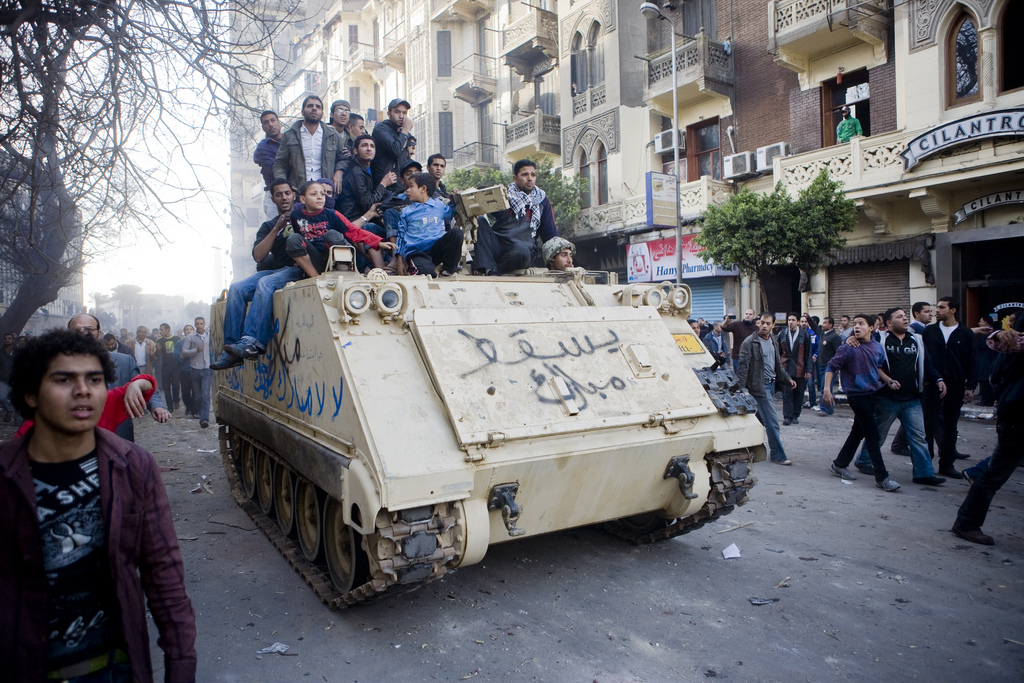
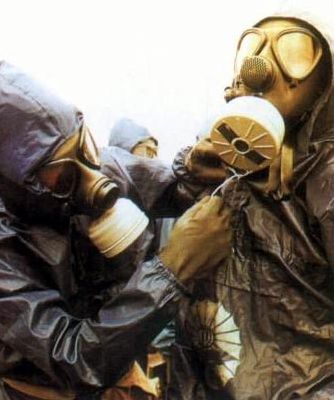
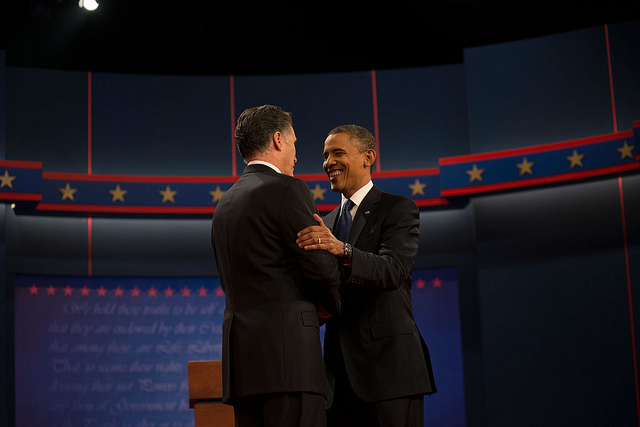
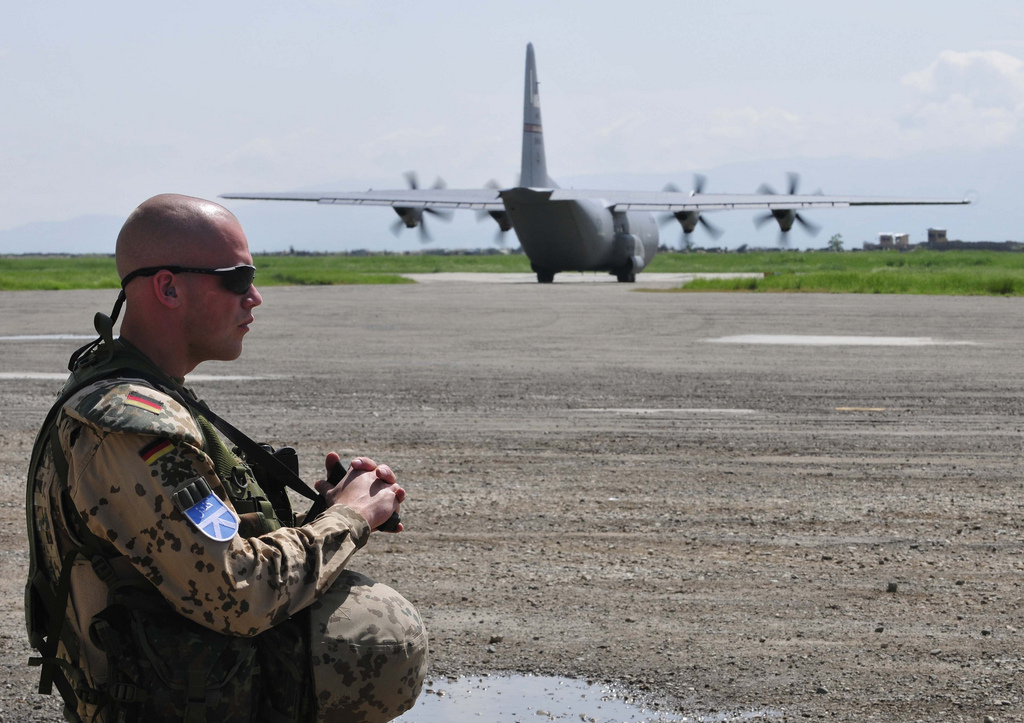
1 comment